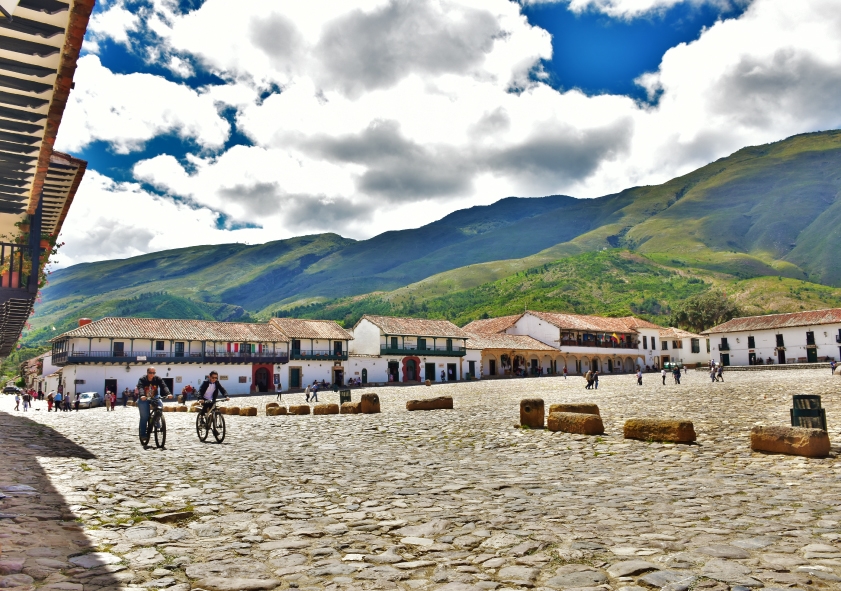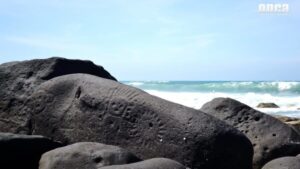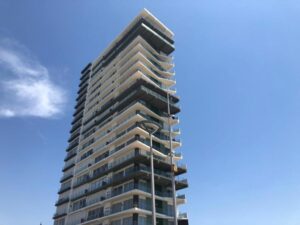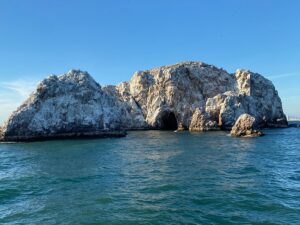Boyacá Bridge: Historic Site of Colombia’s Independence
Nestled in the lush landscapes of Colombia, the Boyacá Bridge stands as a symbol of the nation’s fight for independence. This unassuming yet historically significant site is where the Battle of Boyacá took place on August 7, 1819, marking a pivotal moment in Colombia’s journey to freedom from Spanish rule. Today, it serves as a reminder of the courage and determination that shaped the country’s history.
What to See
When visiting the Boyacá Bridge, you’ll find more than just a historic crossing. The site is part of a larger park that includes several monuments and statues commemorating the heroes of the independence movement. The bridge itself, though small, is a powerful symbol of the battle that took place here. Nearby, the Obelisk of Boyacá stands tall, honoring the soldiers who fought for freedom. The park also features a museum that provides deeper insights into the events of the battle and the broader independence movement. As you walk through the area, you’ll be surrounded by the serene beauty of the Colombian countryside, offering a peaceful backdrop to this historic site.
A Bit of History and Interesting Facts
The Battle of Boyacá was a decisive victory for the revolutionary forces led by Simón Bolívar. It was a turning point in the Latin American wars of independence, effectively ending Spanish control over the region. The battle lasted only two hours but had a lasting impact on the course of history. An interesting fact about the Boyacá Bridge is that it wasn’t the original structure used during the battle. The current bridge is a reconstruction, but it stands on the same site where the original crossing once lay. The area around the bridge has been preserved to maintain its historical significance, and it is recognized as a national monument in Colombia.
Getting There and Tips for First-Time Visitors
The Boyacá Bridge is located about 110 kilometers northeast of Bogotá, the capital of Colombia. The most convenient way to reach the site is by car, which takes approximately two hours from Bogotá. Alternatively, you can take a bus from Bogotá to Tunja, the capital of the Boyacá department, and then a short taxi ride to the bridge. For first-time visitors, it’s advisable to wear comfortable walking shoes, as you’ll be exploring the park and its surroundings. The site is open year-round, but visiting during the dry season (December to March) can make for a more pleasant experience. Don’t forget to bring a camera to capture the stunning landscapes and historical monuments.








